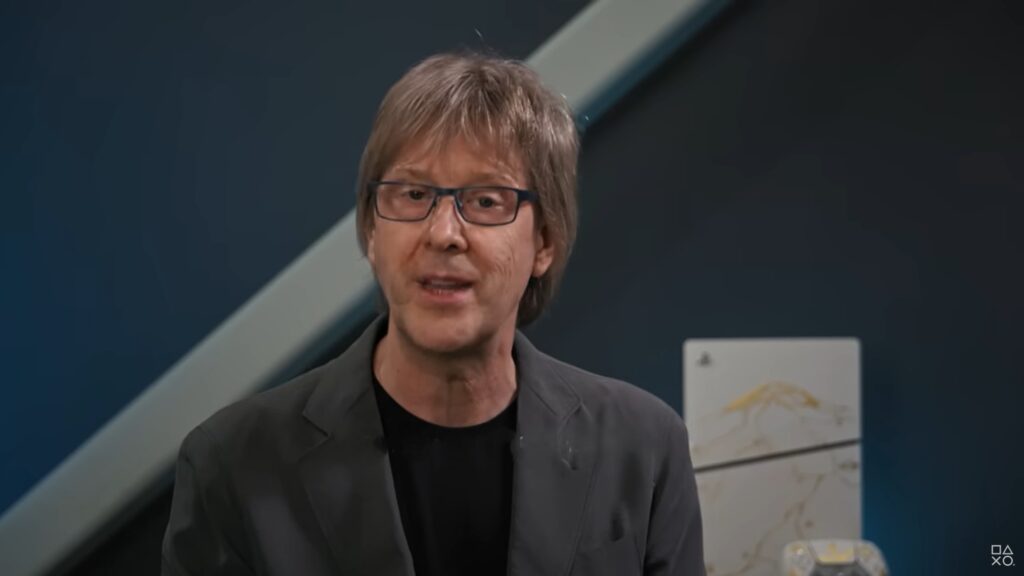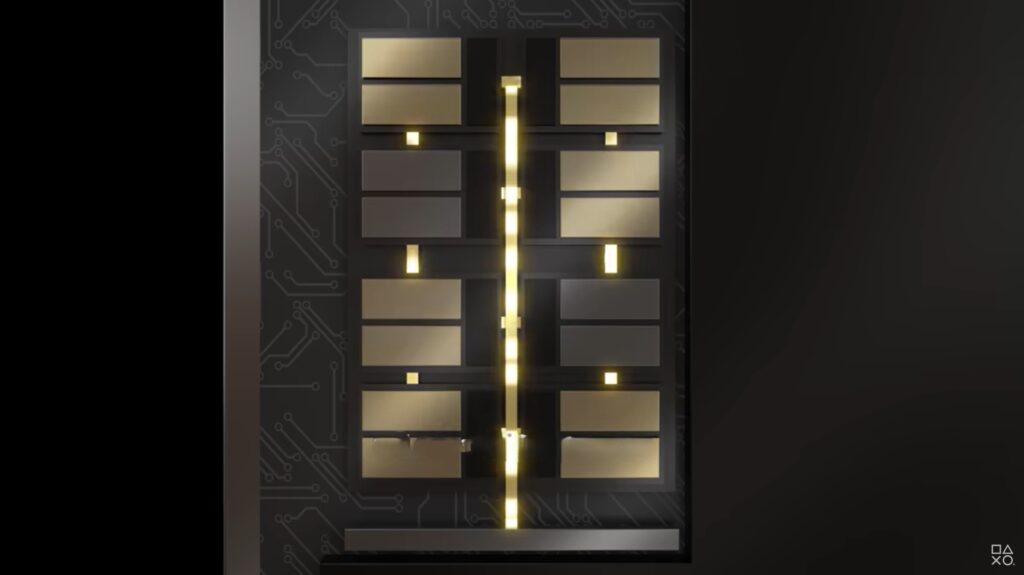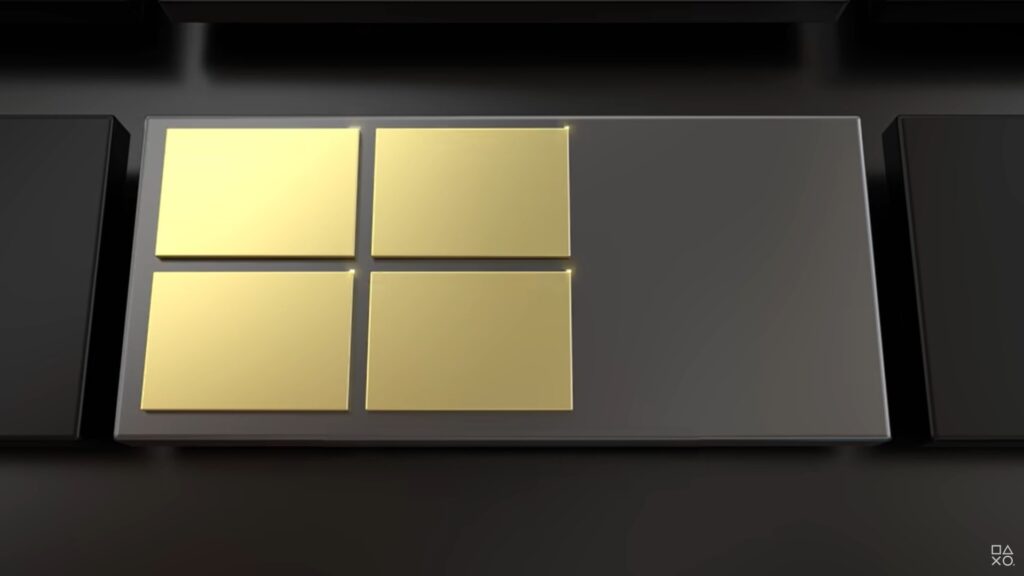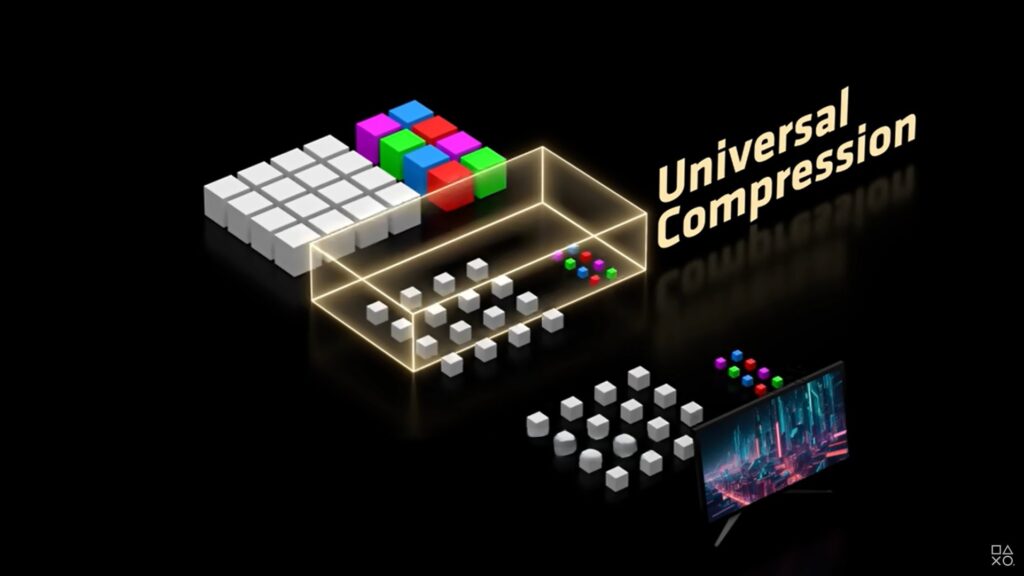AMD’s Jack Huynh (Senior vice president and general manager, computing, and graphics group) and PlayStation’s Mark Cerny (PS5 lead architect at Sony Interactive Entertainment) sat down to discuss the latest developments from Project Amethyst, a collaboration between both companies that focuses on Machine Learning-based technology for graphics and gameplay.

PlayStation’s Mark Cerny
The project is a shared commitment to push gaming technology forward. So far, three technological breakthroughs have emerged from Project Amethyst that will benefit the gaming industry in the future.
ALSO READ: Xbox Founder Laura Fryer Dismayed By Game Pass Price Hike, Tags It “Greed”
Huynh revealed that FSR and PSSR “come from deep co-engineering between Sony and AMD”. For those who may not be familiar with the tech, FSR and PSSR are upscaling technologies that use AI to offer players higher frame rates without increasing the game file size. Here are the three technologies that have emerged from Project Amethyst.
#1. Neural Arrays

This is an innovation that is intended to solve the challenges faced by FSR and PSSR, which include their intensive computing demands on the GPU. However, the nature of the GPU, which is made up of small computing units that break down problems into bite-sized pieces so that the individual computing units can tackle them. However, Cerny noted that “there’s a downside to that,” because “subdividing a problem can cause inefficiency”.
“Instead of having a bunch of compute units all working on their own, we’ve built a way for them to team up,” Huynh explained. To actually share data and process things together like a single, focused AI engine.”
This solution doesn’t entail linking the entire GPU into one giant unit. Huynh said it would be “a cable management nightmare”. “But we are connecting CUs within each shader engine in a smart, efficient way”. The outcome will include:
- Bigger ML models
- Less overhead
- More efficiency
- More scalability with increasing workloads
#2. Radiance Cores

The push for more realism and cinematic lighting in games gave birth to ray tracing five years ago, which has now reached its limit, according to Cerny. Ray tracing has been implemented in PS5 for the creation of more realistic reflections, shadows, and global illumination. All these have put more demand on the GPU.
ALSO READ: 2 Ways To Play PS5 In Tesla Exposed
Neural Radiance Caching is a product born from two years of research into the path tracing pipeline, from hardware to software. Radiance Cores is “a new dedicated hardware block designed for unified light transport”, Hyunh explained.
“It handles ray trancing and path tracing in real time, pushing lighting performance to a whole new level. Together, these form a brand-new rendering approach for AMD. Radiance Cores take full control of ray traversal, one of the most compute-heavy parts of the process, and that frees up the CPU for geometry and simulation and lets the GPU focus on what it does best: shading and lighting.”
#3. Universal Compression

The current GPUs have what is called Delta Color Compression (DCC). The strategy reduces the “memory bandwidth consumed when the GPU is reading or writing certain data, such as textures or render targets,” Cerny explained.
“What we’ve built for future GPUs and SOCs takes the idea of data compression much further,” added Hyunh. “It’s a system that evaluates every piece of data headed to memory, not just textures, and compresses it whenever possible. Only the essential bytes are sent out, which dramatically reduces memory bandwidth usage. That means the GPU can deliver more detail, higher frame rates, and greater efficiency.”
Other benefits of these technologies include lower power consumption and higher fidelity assets. All three technologies are still in the simulation phase. However, Cerny said the results are “quite promising” and he is excited “about bringing them to a future console in a few years time”. The last statement sparked rumors about PS6 being in development.



